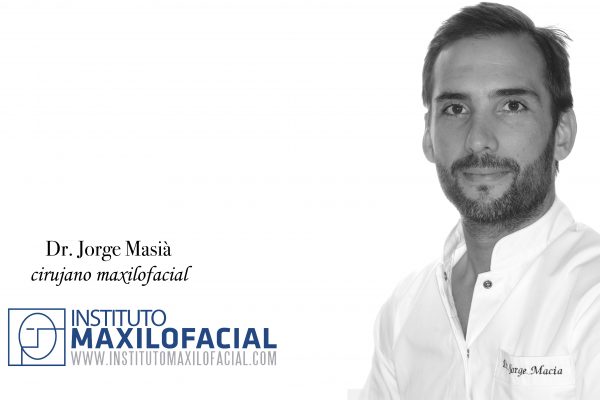The specialists of the Maxillofacial Institute have researched and developed for many years different techniques of facial cosmetic surgery that allow us to achieve the symmetry and facial harmony that our patients want. Today, Jorge Masià, maxillofacial surgeon, talks about autologous fat grafts.
What is the treatment with autologous fat grafting?
Autologous fat grafting consists of obtaining excess fat from areas of the patient's own body. Normally we obtain it from the abdomen or legs through a minimally invasive liposuction system and we transplant it in other areas of the body such as the face and neck by injection.
What indications or contraindications does the autologous fat graft in maxillofacial surgery have?
There are multiple indications for the use of fat grafts:
1.-Correction of asymmetries or volumetric defects that may be present from birth or that have been acquired during life due to systemic diseases, trauma or sequelae of oncological treatments.
2.-Improvement in the quality of tissues and scars. Due to its high content in cells with regenerative properties, the autologous fat graft is able to restore vitality and elasticity to tissues that have been damaged.
3.-Facial aesthetics for filling wrinkles, increase in volume of certain facial areas.
The absolute contraindications would be those medical conditions that impede the performance of the surgical procedure or active oncological diseases. As relative contraindications, the absence of donor tissue would be considered, in which case the patient may be recommended to perform a hypercaloric diet with the objective of generating fatty deposits.
How is the procedure performed?
The procedure can be performed under general anesthesia or with local anesthesia and sedation, depending on the patient and the area to be treated. It consists of an initial phase of obtaining the fat through a system of aspiration of low pressure to avoid damaging the cells and their properties. Once the fat has been obtained, it is purified by means of a filtering or centrifugation system and finally it is transplanted by means of its injection in the treatment receiving area.
Generally, at Maxillofacial Institute, these procedures are treated on an outpatient basis and the postoperative recovery is quick and painless.








